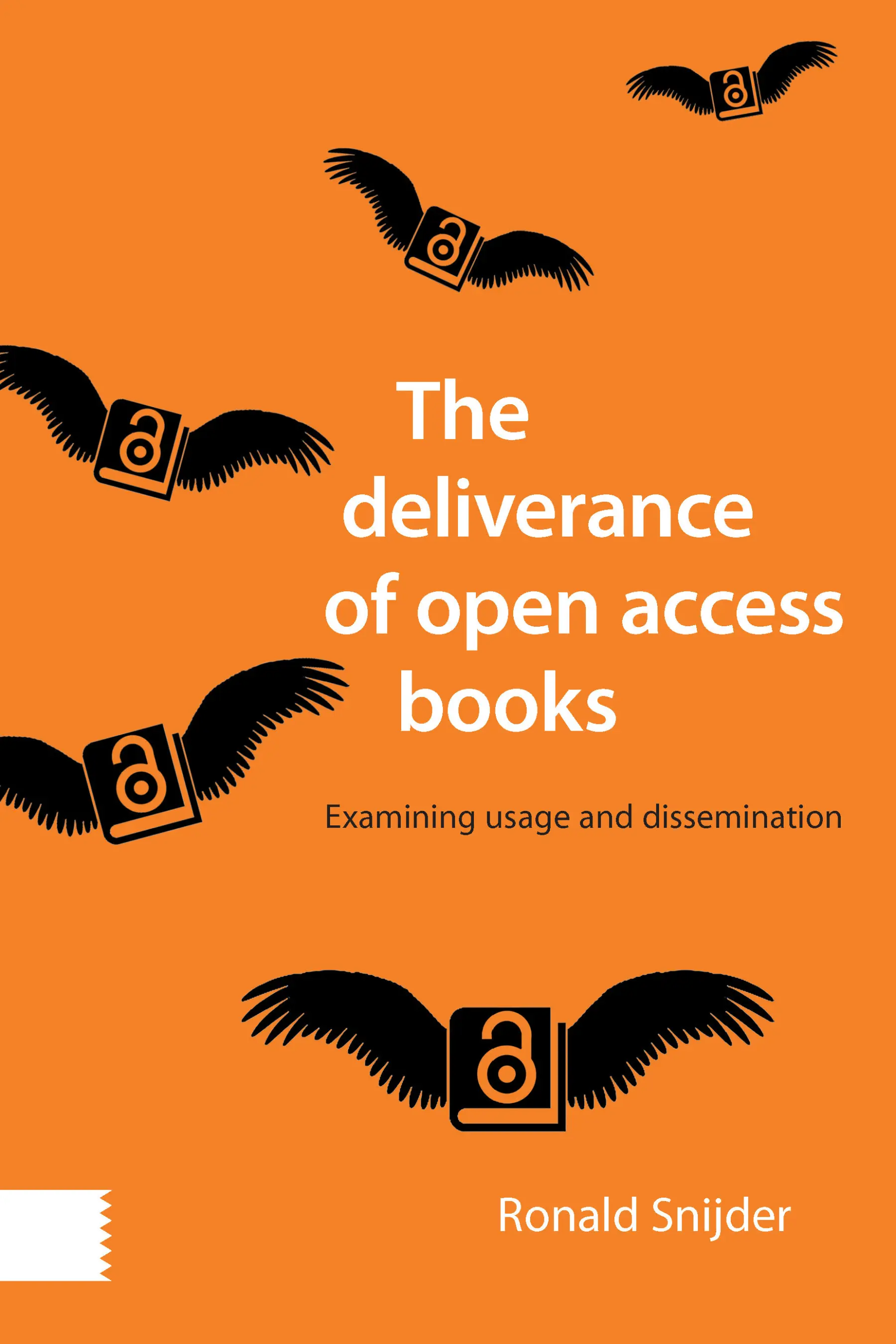 "Open access (OA) literature is digital, online, free of charge, and free of most copyright and licensing restrictions." - Peter Suber. A Very Brief Introduction to Open Access.
"Open access (OA) literature is digital, online, free of charge, and free of most copyright and licensing restrictions." - Peter Suber. A Very Brief Introduction to Open Access.
Open access refers to freely available, digital, online information. Open access scholarly literature is free of charge and often carries less restrictive copyright and licensing barriers than traditionally published works, for both the users and the authors.
While OA is a newer form of scholarly publishing, many OA journals comply with well-established peer-review processes and maintain high publishing standards. For more information, see Peter Suber's Overview of Open Access.
Open Access 101, from SPARC from Karen Rustad on Vimeo.
There are several resources available to help OUWB authors pay for APCs (article processing charges) in open access journals.
The Open Access (OA) publishing model has paved the way for global scholarly communication in allowing free, unlimited access to research without the barriers of publisher paywalls. However, when selecting journals to publish in, be mindful of sham OA journals that only "exist for the sole purpose of profit, not the dissemination of high-quality research findings and furtherance of knowledge" (Berger & Cirasella, 2015). These are known as predatory publishers and could impact your scholarly reputation, promotion and tenure, and institution.
To protect yourself and your work, just remember to thoroughly check your journal before submitting an article for publication. You can use Cabell's as a starting place to check and see if your journal is on the whitelist (legitimate) or blacklist (predatory).
Indexed in bibliometric databases, such as PubMed, Web of Science, the Directory of Open Access Journals (DOAJ) and others. You can cross check where a journal is indexed using Ulrich's Periodical Directory.
Journal website is comprehensive and includes the following information:
For a complete list of criteria to use in assessing the quality of journals, check out the Medical Library's Checklist for Assessing Journal Authenticity and Think. Check. Submit, an online resource developed to raise awareness of predatory publishers and provide a means of assessing journal quality.
Salient Features of Potential Predatory Journals:
 The Deliverance of Open Access Books: Examining Usage and Dissemination by Snijder, Ronald
The Deliverance of Open Access Books: Examining Usage and Dissemination by Snijder, Ronald
